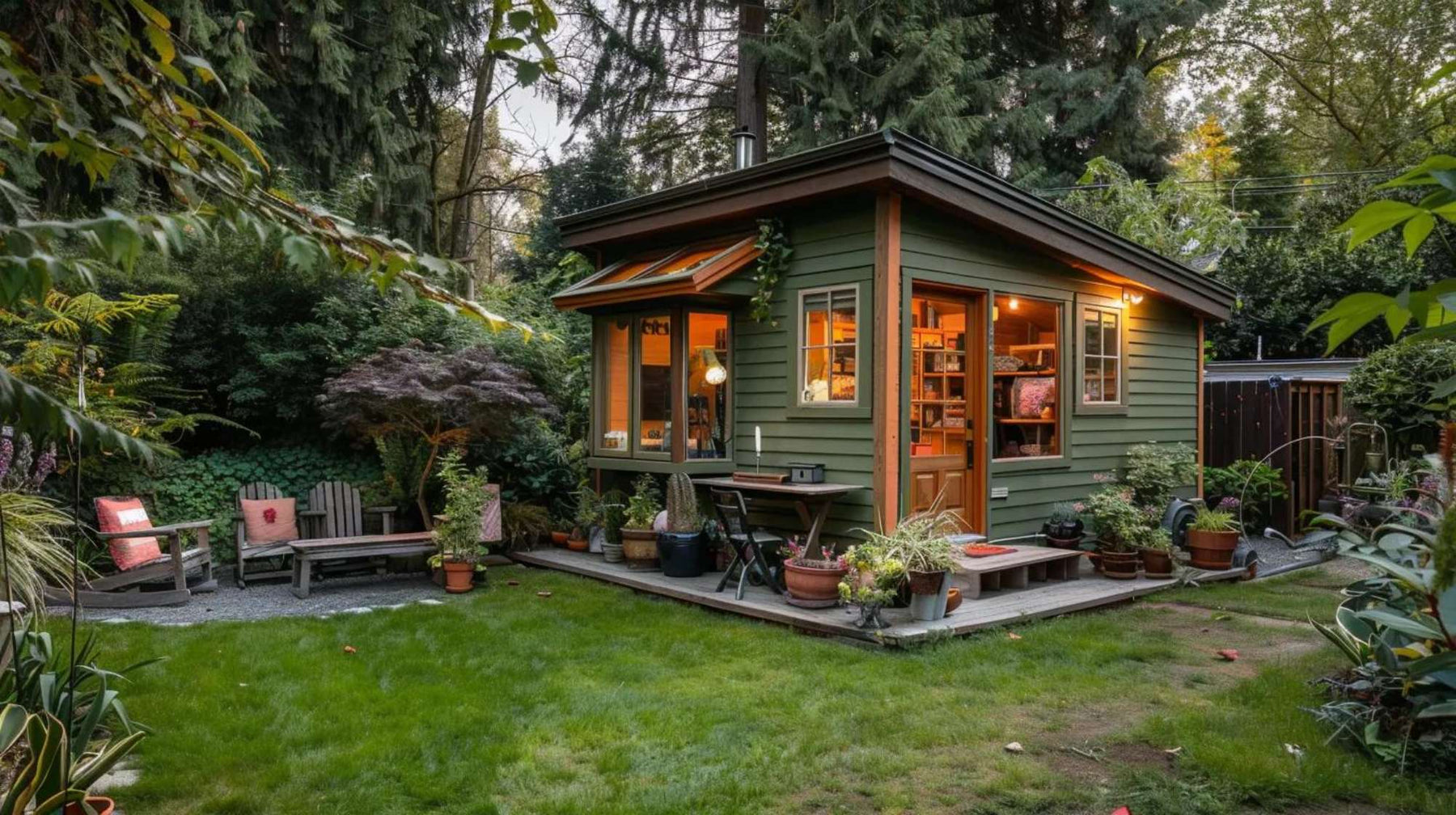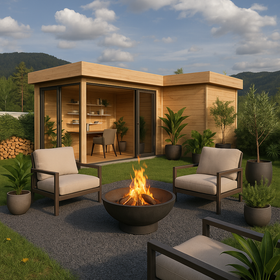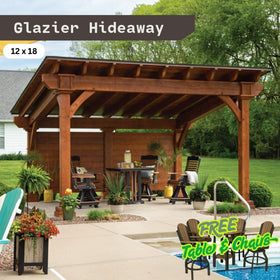512-777-0154

How to Build a Tiny Home?
So, you want to know how to build a tiny home?
The short answer: plan smart, build step by step, and think big while staying small. Tiny homes are about freedom: less clutter, lower bills, and more life lived on your terms.
Whether you’re chasing minimalism or just tired of paying rent for space you don’t use, building a tiny home can be an incredible journey. Let’s walk through each phase together.
Phase 1: Essential Planning and Design Before You Build
Before lifting a single tool, planning is everything. The more time you spend mapping things out, the fewer mistakes and headaches you’ll have later.
Understanding Tiny House Legalities & Zoning
Every great build starts with knowing the rules. Local zoning laws and building codes decide where your home can go and what it can look like.
If your tiny home is on wheels, check if it needs RVIA or NOAH certification. It makes life easier when it comes to insurance, resale, and parking.
For foundation builds, confirm the lot size and whether small dwellings are allowed. The last thing you want is to pour your heart into a project that’s not up to code.
Tiny House on Wheels (THOW) vs. Foundation Build
Do you want your home to travel or stay put? That’s the big question.
A Tiny House on Wheels (THOW) gives you the freedom to roam. You can park by a lake or head to the mountains whenever the mood strikes. But mobility comes with towing limits, road rules, and maintenance costs.
A foundation build is permanent. It’s stable, weather-tight, and easier to insure. The downside? Once it’s built, it stays there.
Choose the option that fits your lifestyle best: adventurer or homebody.
Creating Your Functional Floor Plan and Design
A well-designed tiny home feels twice its size. Start with a rough sketch or software blueprint.
Think about how you’ll move through your space. Keep heavy items low for balance and remember that vertical design is your best friend.
Use lofts for sleeping, stairs with drawers for storage, and fold-down tables to save space. If your home will be on wheels, always double-check towing weight and width before finalizing your layout.
Setting and Sticking to Your Tiny House Budget
Budgeting for a tiny home, like GardenHouse24 USA Ramsay 70 A ALU Garden Room, is a balancing act. You want comfort without breaking the bank.
List your essentials: structure, insulation, plumbing, electricity, and finishes. Then, shop smart.
Use reclaimed materials from salvage yards, online marketplaces, or friends with leftover supplies.
Set aside 10–15% extra for surprises. There’s always one. A missing part, a cracked window, or a design tweak mid-build.
Phase 2: Building the Foundation (The Base)
With your plan ready, it’s time to create a solid base. The foundation or trailer sets the tone for everything above it.
Selecting and Preparing the Trailer
If you’re going mobile, your trailer is your home’s backbone. It carries everything: walls, furniture, and your dreams.
Choose a trailer that supports the total weight of your build. Check that it’s level, rust-free, and rated for towing. Inspect the welds, install stabilizers, and secure safety chains.
If you’re building on land, pour a concrete slab or use blocks to keep things sturdy and dry.
Constructing the Subfloor and Floor Frame
Start with pressure-treated lumber for durability. Add moisture barriers and insulation beneath the floor to keep heat in and dampness out. Seal every joint tightly. Tiny gaps lead to big drafts later.
Once your subfloor is down, you’ll finally see the size of your new home take shape. It’s the moment your dream starts feeling real.
Phase 3: Framing the Structure: Walls and Roof
The framing stage gives your home its skeleton, the first glimpse of its true form.
Erecting and Sheathing the Exterior Walls
Use 2x4 or 2x6 framing, depending on how much insulation you need and your trailer’s weight capacity. Build your walls flat, double-check each angle, then raise them carefully.
Sheathing locks everything in place and strengthens the structure. Once this step’s done, you’ll finally stand inside your tiny home’s outline for the first time.
Installing Windows and Doors
Windows and doors bring in light and life. Cut openings precisely, install flashing tape, and seal every edge.
Even a small leak can cause big trouble, so take your time. Position windows for airflow and natural light; it’s a game-changer for small spaces.
Building and Weather-Proofing the Roof
A solid roof protects everything beneath it. Frame it with sturdy rafters or trusses, attach sheathing, and cover it with a waterproof layer.
Choose your finish: metal, shingles, or rubber membrane. Install vents or fans to let moisture escape. A dry home is a happy home.
Phase 4: Exterior Finishing and Protection
Your walls and roof are up. Now it’s time to protect your home from the weather and give it personality.
Applying a Weather-Resistant Barrier
Wrap the entire structure in a weather-resistant barrier before adding siding. This thin layer blocks moisture and prevents mold.
It’s your invisible shield against rain, snow, and unwanted drafts.
Choosing and Installing Exterior Siding
Siding is where function meets style. Choose lightweight, durable materials like metal, fiber cement, or cedar.
Install carefully from bottom to top, sealing each seam.
When you step back, you’ll see a tiny house that finally looks complete on the outside.
Phase 5: Installing Utilities and Systems
Now comes the part that makes your home livable: plumbing, power, and comfort systems.
Running the Plumbing Lines and Fixtures
Keep things simple and efficient. Place your bathroom and kitchen close together to shorten pipe runs.
Use PEX tubing for flexibility and freeze resistance.
Add a tankless water heater or a small hot water tank. Every gallon counts in a tiny space.
Installing the Electrical System and Wiring
Plan your electrical system before closing the walls. Map out outlets, switches, and lighting.
If you’ll connect to the grid, wire for shore power. If not, go off-grid with solar panels and batteries.
Always have a certified electrician check your setup before powering up.
Planning for HVAC and Ventilation
Tiny homes need fresh air as much as any large one. Choose a mini-split system, portable heater, or wood stove depending on your climate.
Add vents and fans to keep air circulating. Good airflow stops moisture buildup and keeps your space feeling fresh.
Phase 6: Interior Finishing Touches
With the structure secure, it’s time to make your space feel like home.
Selecting and Installing High-R-Value Insulation
Choose insulation that suits your climate and budget. Spray foam seals best, while rigid foam and fiberglass batts work well, too.
Keep it snug and consistent, no gaps or uneven spots. You’ll thank yourself when winter hits.
Finishing the Interior Walls and Ceiling
Now the fun begins. Add lightweight drywall or wood panels for your walls and ceiling.
Paint with low-VOC paint for cleaner air inside your tiny space.
Stick to light colors to make your home feel open and bright.
Laying the Final Flooring
Pick flooring that’s durable, waterproof, and easy to clean.
Vinyl planks, engineered wood, or cork are great choices.
Once installed, your tiny home will finally feel polished and complete.
Installing Cabinetry and Built-in Storage Solutions
Tiny homes thrive on clever design. Create built-in storage under benches, beds, or stairs.
Use fold-out desks or tables to save space.
When every inch has a purpose, even the smallest home feels spacious.
Essential Safety Guidelines and Final Steps
Safety isn’t optional. It’s what keeps you and your new home protected during every stage.
Recommended Personal Protective Equipment (PPE) for DIY
Always wear gloves, goggles, and hearing protection. Even experienced builders forget sometimes, until they get a splinter or a loud surprise.
Work smart and steady, not fast and risky.
Final Checklist for Structural Integrity and Towing
Before moving your home, check the weight balance, brakes, and hitch connections. Secure every appliance, cabinet, and loose object.
Take a slow test drive first. You’ll quickly notice if anything shifts or rattles.
With Careful Planning and Step-by-Step Dedication
Building a tiny home is more than a project. It’s a mindset.
You’ll learn patience, problem-solving, and creativity all at once. It takes effort, but every nail and board brings you closer to freedom.
The true secret of how to build a tiny home? Take it one thoughtful step at a time. Soon, you’ll be standing in a space that’s small in size but huge in pride.








